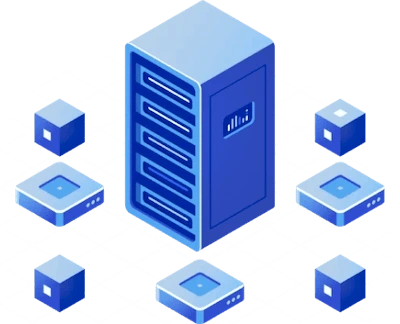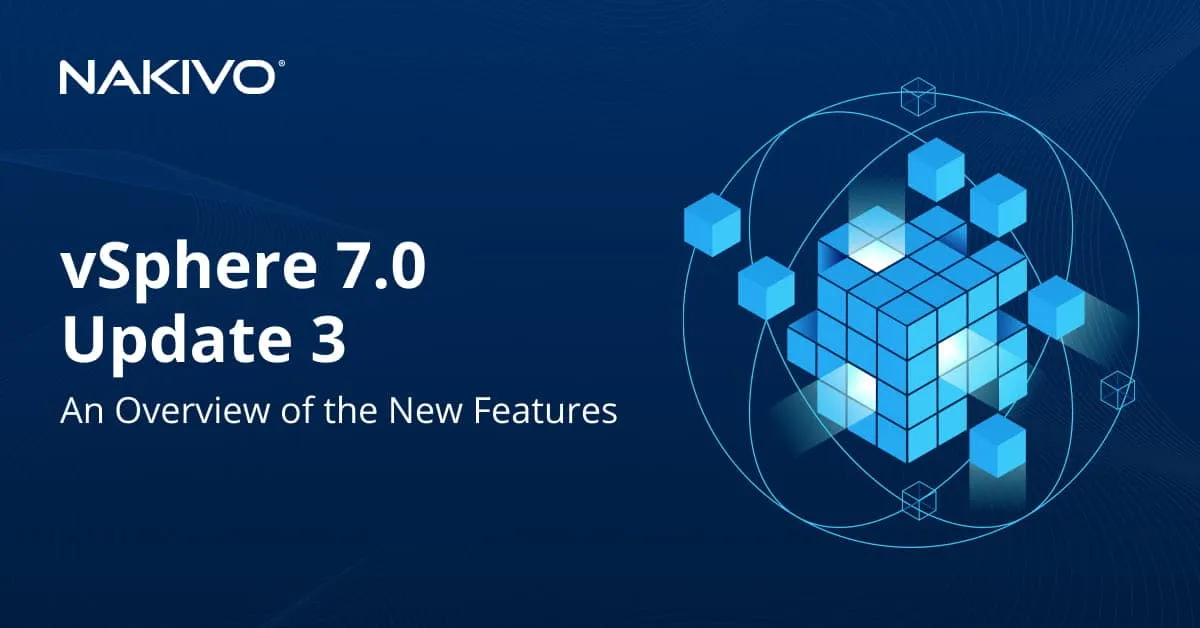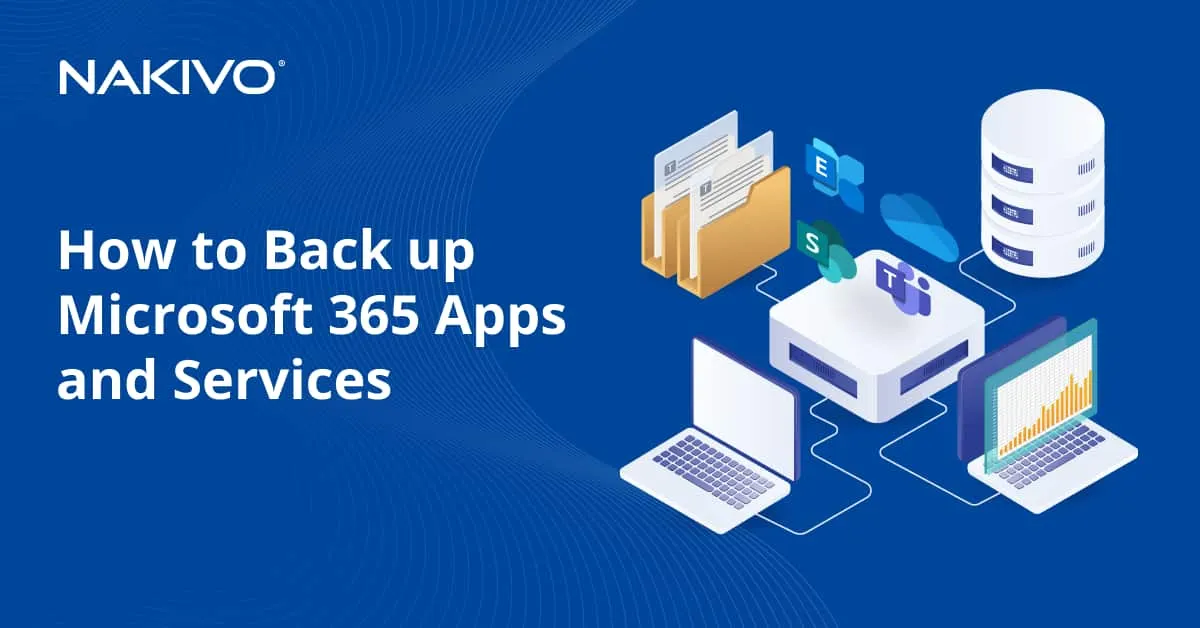Magnetic Tape Backup: Choose the Best Backup Practice
Disk-based and cloud-based backups are more commonly used than backup to tape due to the benefits that they provide, such as continuous data protection and instant recovery. However, despite multiple claims that tape is dead and can no longer be considered a viable storage medium, magnetic tape backups, as well as performing backup to tape, still play an important role in modern-day data protection.
What Is Magnetic Tape?
Magnetic tape is a storage medium which enables long-term retention and archival of digital data. Magnetic tape most often comes in the form of cartridges and cassettes, which ensures better storage conditions for the tape itself.
A tape in a magnetic tape drive can move only in a single direction, providing you with sequential storage access. Required information cannot be accessed randomly, but only in a predetermined and ordered sequence. In this case, the device has to read through all available data first until it reaches the location where the required information is stored. Due to this, magnetic tapes are mostly used for archiving digital data which is rarely accessed.
Magnetic tape formats
To compete with disk-based or cloud-based storage, magnetic tape manufacturers have to constantly develop and enrich its functionality. There are multiple tape formats existing in the market which vary in their capacity, data transfer speed, load time, etc.
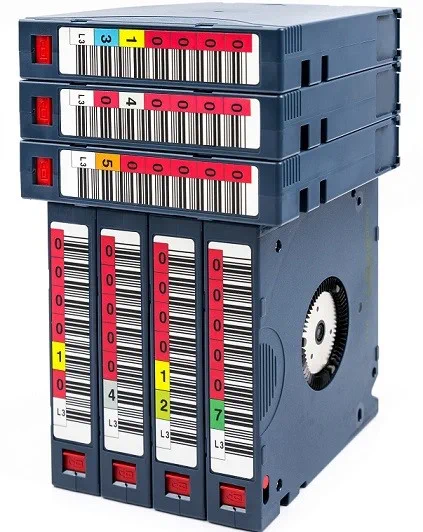
These are five tape formats which you should know about:
- LTO (Linear Tape Open) is an open-format tape storage technology which is compatible with various storage media products. LTO is considered one of the most commonly used tape formats due to its high native storage capacity (up to 12 TB) and large compressed capacity (up to 30 TB).
- DLT (Digital Linear Tape) is another popular tape format, whereby data is written on the tape in 128 or 208 linear tracks. DLT cartridges support up to 70 GB of compressed storage capacity, while a new DLT version, SuperDLT, can ensure storage capacity of up to 300 GB.
- DAT (Digital Audio Tape) is a storage medium which was initially designed for audio use, but has since become a popular backup medium. This tape format supports storage capacity of 1 to 80 GB on a 60- to 180-meter tape.
- AIT (Advanced Intelligent Tape) is a tape format developed by Sony for computer data archiving and storage. AIT tapes of generation 5 can store up to 400 GB of information and ensure the data transfer rate of 24 MBps.
- QIC (Quarter Inch Cartridge) is a magnetic tape storage format, which provides native storage capacity of 60 MB to 25 GB. QIC tapes are mostly used for backing personal computers.
Benefits of magnetic tape backup
To answer the question of why magnetic tape backup is still relevant, you need to consider all benefits that tape storage can provide you with.
- High storage capacity. The amount of new data which is created every day grows at an exponential rate which can significantly increase your storage space requirements, resulting in high costs. The upside of tape is that most tape cartridges have a high storage capacity and come in a small physical package.
- The fact that magnetic tape still remains a popular backup medium despite the emergence of new technology is testimony to its reliability. Magnetic tapes are optimal for long-term data archival as they can store required data for more than thirty years.
- Cost-efficiency. When compared to disk-based or cloud-based drives, magnetic tape offers the lowest capacity cost per unit. Moreover, tape storage doesn’t require high maintenance costs as tape drives can be stored with little power or cooling equipment and don’t take up a lot of space.
- High-level security. Magnetic tape backups are stored offline, which minimizes the risk of them being affected by ransomware, hacking, or blackouts. Moreover, they are portable, meaning that in case a disaster affects you backup storage, you can easily transport tape cartridges to another location and save valuable data.
Magnetic Tape Backup Best Practices
Magnetic tape backup best practices commonly cover the following areas: care and handling of magnetic tapes, storage environment, magnetic tape backup inventory, backup strategy, and the role of employees. Let’s see which magnetic tape backup best practices are worth being implemented:
- Keep a copy of tape backup offsite as well as one onsite. The standard practice is to back up data to tape medium and then send that tape cartridge offsite for long-term storage. However, it is recommended that you also keep a copy of all that data onsite. Keeping an onsite copy ensures that you can quickly resume business operations without experiencing significant downtime or service disruption. Onsite data backups are used for immediate disaster recovery, while offsite tape backups can help with data restoration in case your production center has been destroyed in a disaster.
- Consider the optimal tape storage location. As mentioned above, magnetic tape backups are normally kept offsite. Thus, you should consider which location is the best for storing magnetic tape backups. Choose a different geographic area away from the production center for offsite storage to minimize the risk of being affected by the same disaster. However, the main criterion for choosing an offsite location is your business needs, which dictate your recovery objectives. Thus, tapes should be located at a safe distance from the main production site to ensure reliable data retention and timely recovery.
- Read magnetic tape storage regulations. Control the environment in which tape cartridges are stored. Make sure that the storage environment is not exposed to heat, humidity, dust, direct sunlight, etc. Your data storage environment should be secure, climate-controlled, and fireproof to minimize tape wear. Ensure that tapes are stored away from printers and copiers which are likely to produce paper dust and toner dust. Moreover, keep tapes away from high-traffic facilities like stairways, hallways, entrances, or exits, which can get contaminated fast.
- Keep tapes clean. Tapes require regular cleaning to prevent dust, dirt, and fibers from contaminating the tape and affecting the integrity of the backed up data. Tape cartridge can only be cleaned a limited number of times. Too much cleaning can lead to tape degradation and affect the integrity of your data. Record every cleaning procedure into your inventory journal so you can be aware of the time when the cartridge is about to expire.
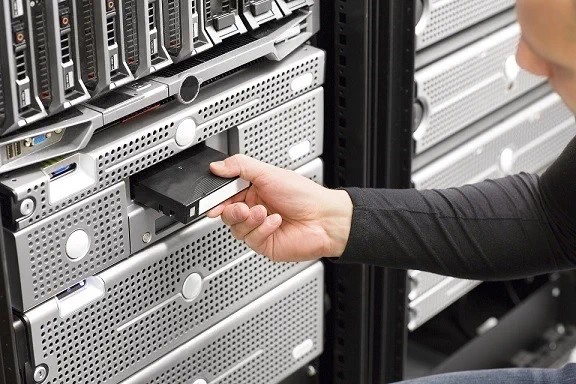
- Keep an inventory of all offsite tape cartridges. Keep a record of all available tapes by putting critical information (e.g. the tape model, the date when the backup was conducted, the category of stored data, etc.) on the tape label. You can label each tape cartridge to make them distinguishable from one another and know where the required information is stored. Having an inventory list can save you a lot of time during an actual disaster recovery event.
- Test recoverability of magnetic tape backups. Run a regular test restore to verify the integrity of tape backup content and check how effective your backup activities. Periodic backup testing can help identify inconsistencies beforehand and avoid any issues in future.
- Choose the backup strategy most compatible with your business needs. Backup frequency, backup schedule, backup rotation scheme, backup retention strategy should be considered when it comes to creating a comprehensive backup strategy. This way you can ensure not only data protection, but also prevent premature wear and damage of tape drives.
- Install antivirus software. Regularly scan you production environment in order to verify that it is free from viruses and your system is securely protected. A reliable antivirus can help identify and remove any malware from your system and prevent it from attacking your system and corrupting your data and tape backups.
- Carefully eject backup tapes once the backup operation is complete. Use the tape cartridge specified for your type of tape device. Don’t forget to remove the tape cartridge from the drive if the drive is not in use. Remember to put tape cartridges back in their protective cases.
- Control employee access to tape backups. Ensure that only trusted employees can have access to tape storage. Designate at least two employees who will be responsible for monitoring your magnetic tape backup and recovery operations.

